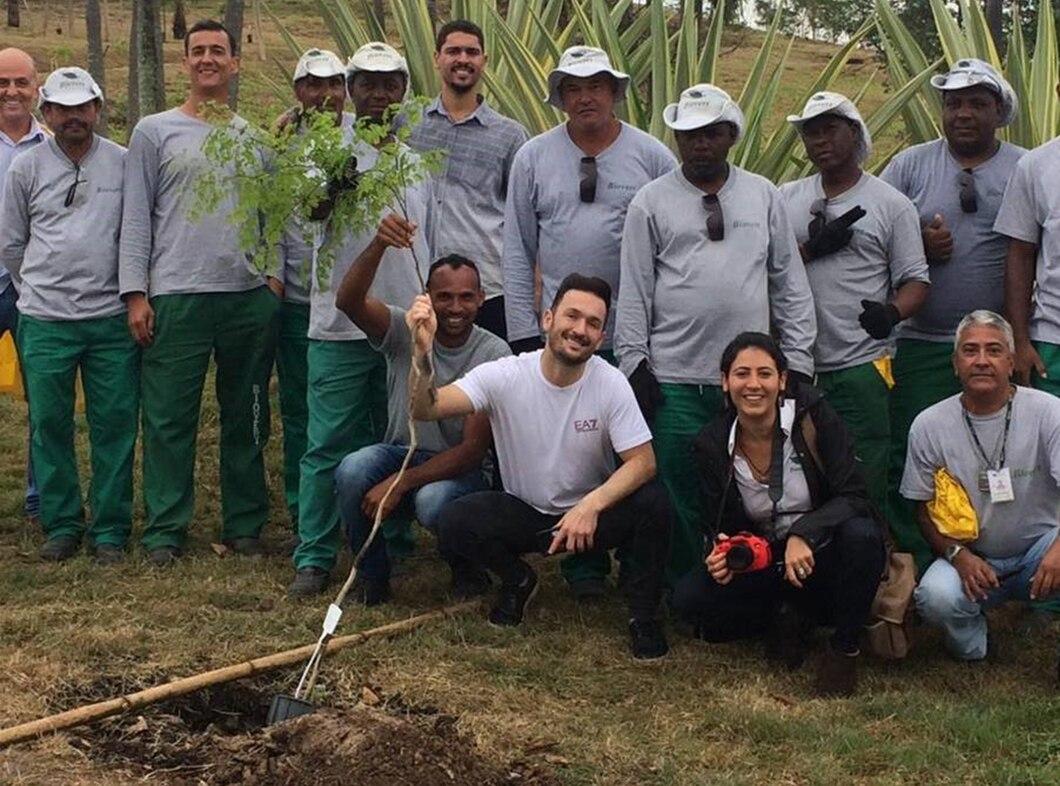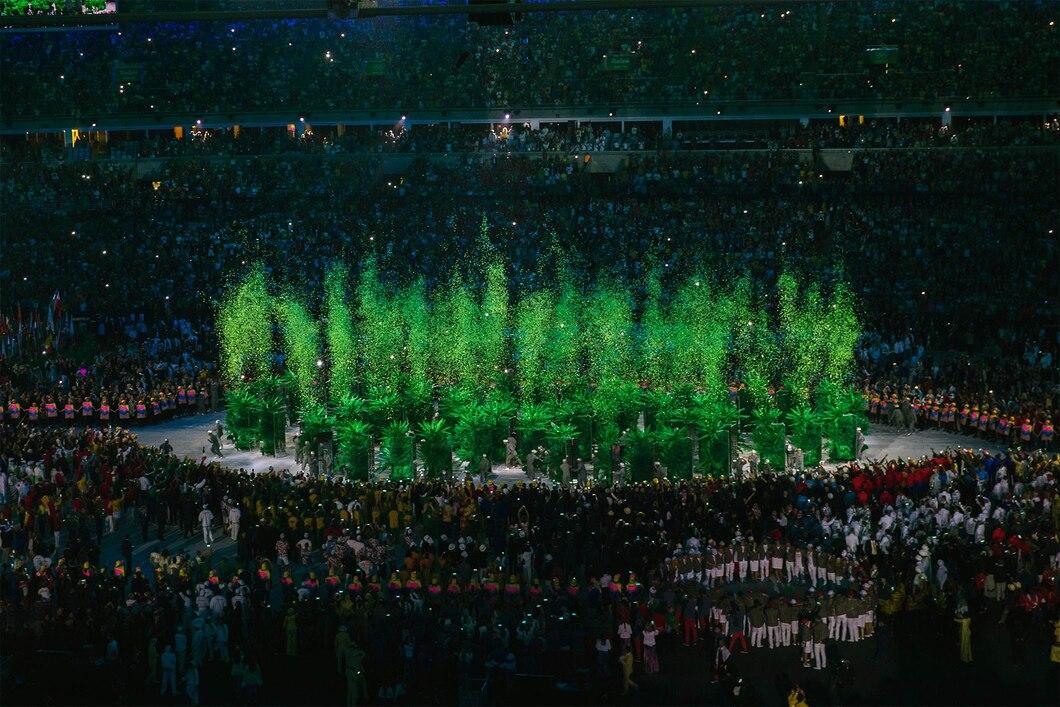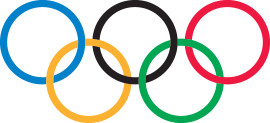Rio 2016 Athletes’ Forest Begins to Take Root
International Olympic Committee news
The planting ceremony was organised by the Mayor of Rio de Janeiro, Marcelo Crivella, with Rio 2016 gymnastics silver medallist Diego Hypólito among those taking part. It took place after a two-year delay due to budgetary issues, during which the seedlings were cared for in a local nursery.
The event followed the commitment made at the Rio 2016 Opening Ceremony, where athletes entered the Olympic Stadium carrying more than 11,000 seeds from native Brazilian trees. They formed the shape of the Olympic rings, mirroring the environmental theme of the Opening Ceremony and creating one of the most memorable moments of the Games. The seeds were from 207 tree species, one for each country competing at the Games, with many that are of high conservation value.
Eighty seedlings were planted during the event, of the 11,237 that will form the Athletes’ Forest – reflecting the number of athletes who competed at the Olympic Games Rio 2016. Another 2,488 trees will form the Medallists' Grove, which will represent the Rio 2016 medallists. In total, 13,725 trees will be planted, occupying an area of around 10 hectares. It is estimated that the entire Athletes’ Forest will be planted by early 2020.
The initiative is part of a larger reforestation programme aimed at restoring around 230 hectares of the Atlantic Forest. Stretching along Brazil’s Atlantic coast and extending inland towards the Amazon, the Atlantic Forest is one of the world’s most ecologically diverse regions.
The planting was made possible thanks to funds gathered as part of “environmental compensation” – a legal mechanism whereby private companies compensate for the negative environmental impacts of their activities.
The Athletes’ Forest is one of many environmental initiatives of the Olympic Games Rio 2016. The Opening Ceremony also featured a video highlighting the global impacts of climate change, which called on all athletes to take action. Other sustainability initiatives initiated or accelerated by Rio 2016 included:
- 2.2 million tonnes of carbon emissions compensated, exceeding the direct emissions of the Games
- Reaching World Health Organisation water quality standards for aquatic events
- 100 per cent of new timber products certified through a partnership with the FSC
- Restoration of 7.3 hectares of mangroves in the Barra Olympic Park region
- Restoration of 44 hectares of degraded land within the Olympic golf course perimeter
- 1,095 tonnes of recyclable waste treated by 33 local waste recycling cooperatives, generating income and direct benefits for 240 low-income families
- Animal management programme, which led to the rescue of 90 domestic and 65 wild animals in the vicinity of the Olympic venues
- Re-use of the internal structures of the Rio Olympic Broadcasting Services building at PyeongChang 2018, to be used again at Tokyo 2020
- Direct contracting of over 2,200 small and medium-sized companies.
To read the Rio 2016 Post-Games Sustainability Report, click here




